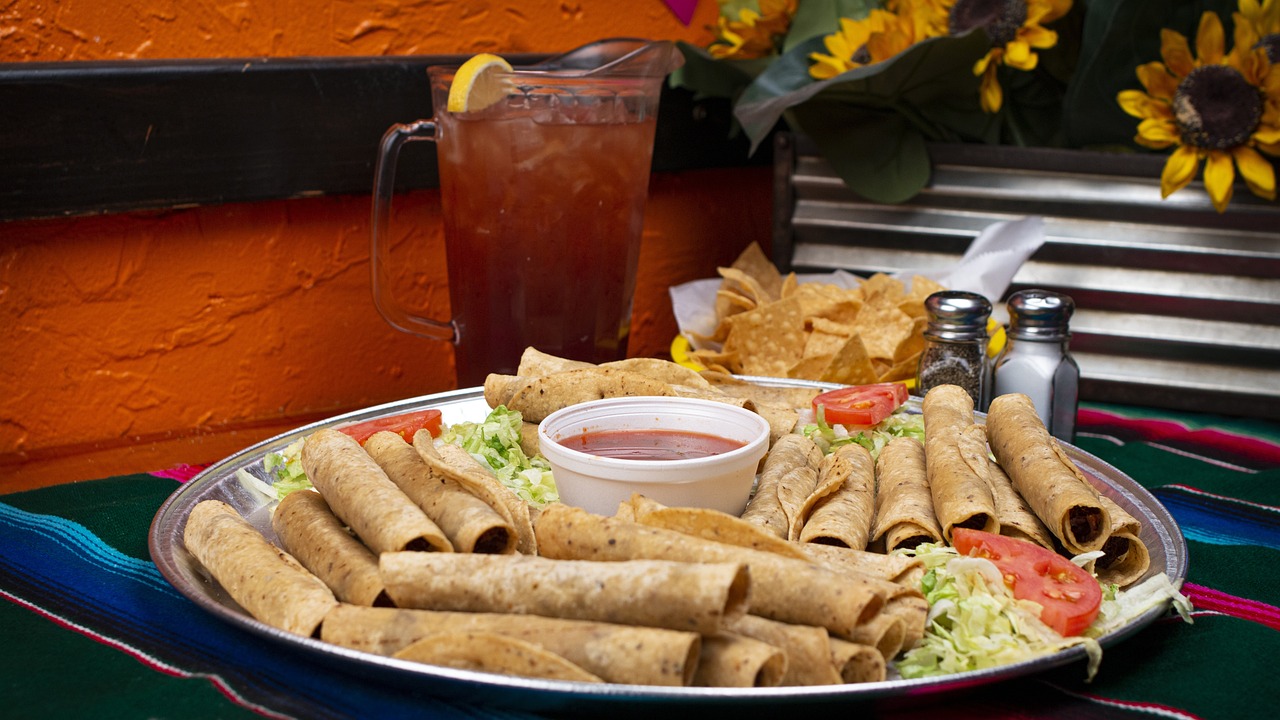The Rise of Ghost Kitchens: Virtual Restaurants for the Digital Age.
Ghost kitchens have seen a surge in popularity due to their cost-effective nature. By operating without the need for a physical storefront, ghost kitchens significantly reduce overhead costs associated with traditional brick-and-mortar establishments. This cost efficiency allows for more competitive pricing, appealing to both customers and delivery platforms seeking affordable options.
Another key factor driving the growth of ghost kitchens is the rise of online ordering and food delivery services. With the increasing demand for convenient dining options, ghost kitchens capitalize on this trend by offering quick and efficient delivery services. This aligns well with the preferences of modern consumers who prioritize convenience and accessibility when it comes to their dining choices.
The Evolution of Consumer Behavior in the Food Industry
Consumer behavior in the food industry has undergone significant changes in recent years. With the rise of digital platforms and food delivery services, customers now have more options than ever before when it comes to selecting their meals. This shift has led to an increase in demand for convenience, with many consumers opting for quick and easy meal solutions rather than dining out at traditional brick-and-mortar restaurants.
Moreover, social media and online reviews have become influential factors in shaping consumer preferences. Customers are now more likely to make decisions based on recommendations and ratings from their peers, rather than solely relying on traditional advertising methods. This has created a new level of transparency and accountability within the food industry, as businesses strive to maintain a positive online reputation in order to attract and retain customers.
The Role of Technology in the Success of Ghost Kitchens
In the realm of ghost kitchens, technology plays a paramount role in ensuring operational efficiency and seamless customer experiences. The integration of advanced software solutions allows ghost kitchen operators to efficiently manage orders, inventory, and kitchen operations, ultimately enhancing productivity and streamlining processes.
Furthermore, technology enables ghost kitchens to leverage data analytics to gain valuable insights into consumer preferences and trends. By harnessing the power of data, ghost kitchen operators can make informed decisions regarding menu offerings, pricing strategies, and marketing campaigns, resulting in increased customer satisfaction and loyalty.
• Technology allows for efficient management of orders, inventory, and kitchen operations
• Data analytics provide valuable insights into consumer preferences and trends
• Informed decisions can be made regarding menu offerings, pricing strategies, and marketing campaigns
What are some key factors driving the growth of ghost kitchens?
Some key factors driving the growth of ghost kitchens include changing consumer preferences, the rise of food delivery services, and the cost-effective nature of operating a virtual kitchen.
How has consumer behavior in the food industry evolved over time?
Consumer behavior in the food industry has evolved to prioritize convenience, speed, and variety. This shift has led to the rise of ghost kitchens as a way to meet these changing demands.
What role does technology play in the success of ghost kitchens?
Technology plays a crucial role in the success of ghost kitchens by enabling efficient order management, streamlined operations, and data-driven decision-making. Online ordering platforms and kitchen management software are just some examples of the technology used in ghost kitchens.







